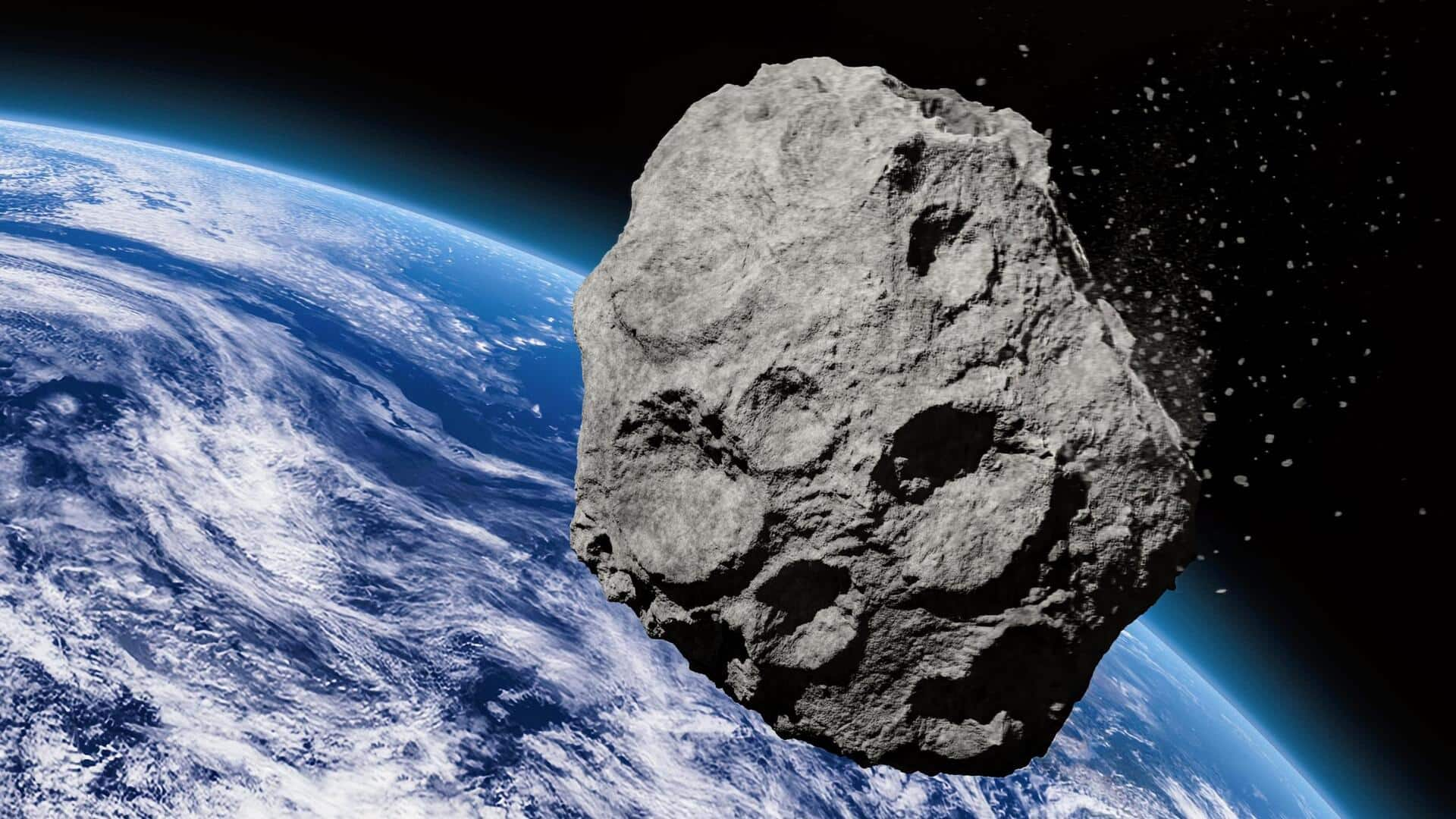
New research says many Moon fragments could be orbiting Earth
What's the story
Recent research suggests that Earth's minimoon, 2024 PT5, could actually be a remnant of the Moon itself. The small rocky body, which was discovered last year, is now thought to be a fragment from the Moon, blasted off during a major impact in the past. The finding also indicates that there could be more such lunar fragments orbiting close to Earth.
Debris cloud
Discovery of 2024 PT5
As Earth orbits the Sun, it passes through a cloud of debris. This includes human-made objects (satellites, space junk) and rocky debris from collisions in the early solar system. These near-Earth objects (NEOs) are tracked to ensure they pose no threat to our planet. In August 2024, South African astronomers discovered a new rock, 2024 PT5, moving slowly near Earth at a velocity of just 2m/s.
Slow movement
A unique discovery
2024 PT5's slow movement made it an ideal target for the Mission Accessible Near-Earth Object Survey (MANOS). Only nine other asteroids have been observed moving at such a slow pace during their closest approach. Planetary scientists Teddy Kareta and Nick Moskovitz have been fascinated by the idea of finding Moon rocks in space since the first such fragment was identified in 2021.
Lunar similarities
Composition of 2024 PT5
Upon studying 2024 PT5, Kareta and his team found that its composition was similar to rocks brought back during the Apollo program and by the Soviet Union's Luna 24. They suspect that this asteroid was created when something crashed into the Moon. By analyzing its composition, they hope to trace it back to its source and potentially identify its parent crater.
Orbital path
2024 PT5's orbit and future
Material from the Earth-Moon system should be some of the easiest to fall into orbit near Earth. After an impactor collides with the Moon, all but the fastest-moving material flung into space should continue traveling near our system. In 2024, 2024 PT5 changed lanes, falling into Earth's path at roughly the same speed. By the end of September that year, it had moved on and is expected to be parallel again in 2055.
Potential discoveries
More lunar fragments could be discovered
2024 PT5 is only the second lunar fragment to be identified by researchers, the first being Kamo'oalewa in 2021. Both objects travel in Earth-like orbits but are different in nature. Kareta believes more such fragments could be discovered, and some asteroids flagged as unusual could be lunar rocks in disguise. He and his colleagues will continue using MANOS to search for other potential lunar fragments, hoping this will encourage others to do the same.